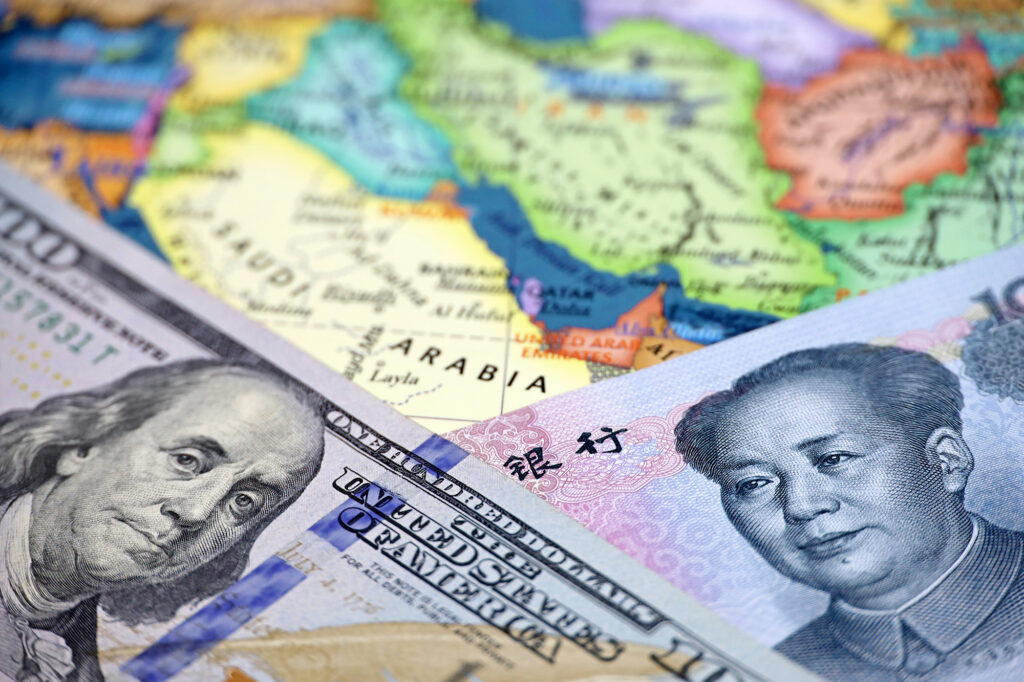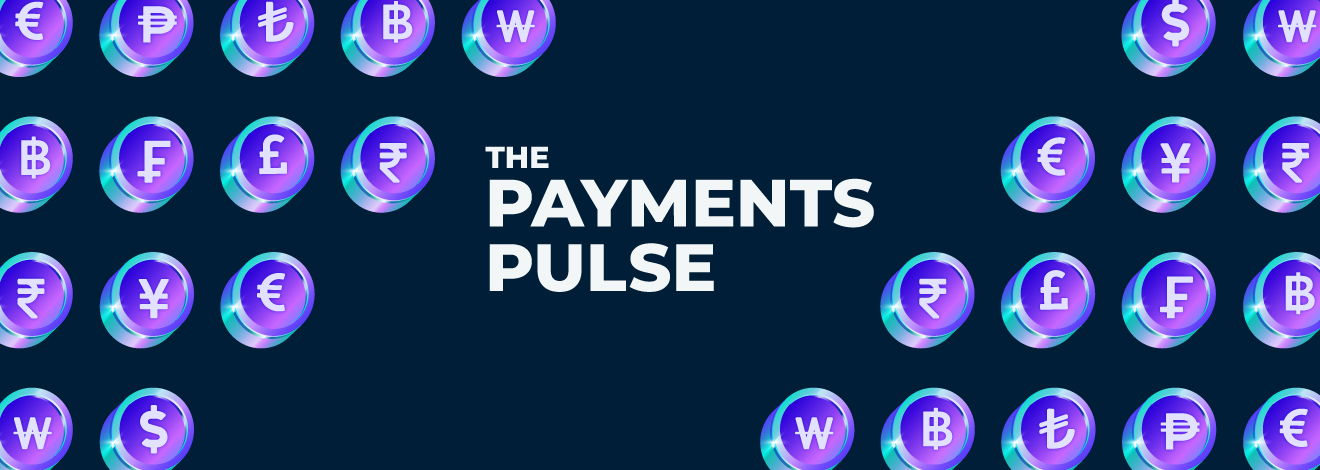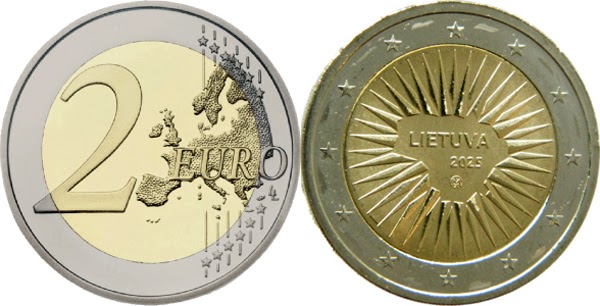Promises made, promises kept

Written by the Market Insights Team
Loonie breaks below 1.41 post April 2nd
Kevin Ford – FX & Macro Strategist
Yesterday’s reciprocal tariff announcement, though a best-case scenario for Canada and Mexico, leaves uncertainty lingering. Neither country was included on the tariff list, which primarily targeted China and the European Union.
In the FX market, USD/CAD surged to 1.4319 before dropping below 1.41 for the first time since December last year. Short-term, expect the 1.405-1.41 as strong support level. Meanwhile, the dollar is being sold against major defensive currencies like the Japanese yen, Swiss franc, and, to a lesser extent, the euro.
What’s next? Watch for potential retaliation from affected countries, rumours around the start of trade negotiations, heightened volatility across asset classes, and the impact of public sentiment on how the tariff rates were calculated. A weaker-than-expected jobs report tomorrow could exacerbate fears of a global recession. For now, markets remain in fear mode, leaving the US dollar vulnerable. US equities are the most sensitive right now, with the VIX jumping up again to extreme fear levels.
The tariffs’ impact has been most pronounced in previously unaffected industries and regions. Footwear and apparel stocks, for example, saw after-hours declines following Trump’s announcement of a 46% tariff on Vietnam, along with additional levies on Cambodia and Indonesia. This move threatens supply chains critical to companies like Nike, which sources nearly 50% of its footwear from Vietnam, and Adidas, with 39% of its shoes originating there. Treasury Secretary Scott Bessent also confirmed that goods from China now face an effective tariff rate of 54%, combining the newly imposed 34% rate with the earlier 20% rate.
For Canada and Mexico, CUSMA/USMCA exemptions remain intact, cushioning the immediate shock of heightened U.S. trade barriers. These exemptions ensure the continued flow of nearly 4 million barrels of crude oil daily from Canada to the U.S., maintaining stable trade volumes. Steel and aluminum also remain unaffected by reciprocal tariffs.
However, uncertainties persist, particularly regarding sector-specific tariffs in the automotive industry and scrutiny of the dairy quota agreed upon under CUSMA/USMCA in 2020.
The baseline tariff of 10% for all countries, coupled with higher rates targeting key trading partners, has heightened concerns about weaker global growth. Equity markets have softened as investors weigh the implications of higher near-term inflation and slower medium-term growth. The U.S. administration’s focus on reshoring manufacturing is now evident. As risk aversion remains high, gold reigns as the ultimate safe haven.

Trump opts for shock therapy
George Vessey – Lead FX & Macro Strategist
The Trump administration has unleashed aggressive tariff measures in both scale and breadth that go far beyond his first-term levies. They hit everyone – friend and foe. As well as the 10% tariff across the board, he’s overlayed that with additional tariffs on a wide group of countries that the US views as already implicitly placing tariffs on US exports. The market reaction has been ugly. Nasdaq 100 futures are down by about 4%, and S&P 500 futures by nearly 3%. In a classic flight to safety, Gold rose to new all-time highs and yields fell on Treasuries of all maturities, weakening the US dollar to 6-month lows.
Trump has implemented 10% blanket tariffs on all imports, starting April 5, extending them further for China (54%), the EU (20%), Japan (24) and UK (10%), with charges largely based on trade surpluses with the US. He also signaled upcoming duties on pharmaceutical drugs, semiconductor chips, lumber, and copper. Combined with prior import taxes on autos and goods from Canada, Mexico, and China, these measures will raise the average US tariff rate to 23%—a dramatic increase from 2.3% in 2024. This is the highest average US tariff rate in more than a century, and surpasses the infamous 1930 Smoot-Hawley tariffs, which arguably worsened the Great Depression.
This is a major shock to the world economy and close to the worst-case scenario Trump had threatened on his campaign trail. It will prompt retaliatory measures from trading partners and although there may be room for negotiation, high tariffs and lingering uncertainty raise recession risks. Tariffs will boost inflation in the short-term, weighing on real disposable income and cutting into spending; financial market conditions will likely tighten and the risk of equity price declines could hit consumer spending via the wealth effect; and trade policy uncertainty will remain elevated, which is suffocating for business investment.
As for the US dollar, well – so far its safe haven status has not cushioned the blow. Investors are focussed more on US stagflation and recession fears. USD/JPY is down 1.4% today, and EUR/USD up almost 1% – dragging the US dollar index to its lowest level since before the election last year.

Euro enthused by Europe’s vow to retaliate
George Vessey – Lead FX & Macro Strategist
As well as falling Treasury yields weighing on the US dollar, EUR/USD is being supported by the proactive approach of EU leaders to US tariffs. The EU is preparing a package of crisis measures to guard its economy from Trump tariffs. EUR/USD has jumped beyond $1.09 this morning, matching its highest level in the post-election period.
European currencies, including the euro, are still viewed as vulnerable, because Trump has been so vocal about growing hostility towards the EU. This may result in smaller trade negotiation room for the bloc, which clouds the growth outlook. However, pre-tariff-announcement euro strength materialized following reports of EU Commission plans for economic support measures. Moreover, in the medium term, we also think that Germany’s fiscal policy stimulus should provide a positive offset and help Europe to weather the tariffs storm, while the ECB is likely to take time to construct its policy response and is unlikely to cut rates this month as it works out the implications of the levies on not only growth but also inflation.
This could be why FX options traders are still more optimistic on the euro’s outlook further down the line. So-called risk reversals, a closely watched barometer of positioning, show investors are the most bullish on the euro over the next month since late 2020. The repricing in sentiment is also evident over the longer term. While one-year risk reversals still suggest the euro will be weaker in 12 months, that gauge jumped in March by the second most on record, and has extended higher today – a sign of the speed at which traders are turning more positive on the currency.

A Brexit dividend at last
George Vessey – Lead FX & Macro Strategist
As we’ve been highlighting for several weeks, the pound continues to act as a safe haven tariff play. Along with broader markets, sterling was volatile during Trump’s announcement. It did briefly turn lower when it was confirmed UK imports would receive a 10% tariff. But the reality is that 10% is far more lenient than what other nations are facing, and this has helped send GBP/USD soaring to $1.31 this morning – it’s highest level since October last year.
We also mentioned yesterday that GBP/USD has consolidated around the $1.29 handle for the past four weeks, with no reversal signal identified on the charts and as long as the pair held above the 200-day moving average – the path of least resistance should remain to the topside. The technical and fundamental analysis was correct. It is not just sterling strength though, it is US dollar weakness – hence the mixed performance of other GBP crosses whilst the USD is lower across the board. This is understandable because ultimately, US consumers and businesses shoulder the higher import costs – and US recession risks have shot up, dragging US yields lower.
Since Britain had a broadly balanced trade relationship with the US, it did not deserve to be punished with reciprocal tariffs. UK PM Starmer will now continue to negotiate a UK-US trade deal which he hopes will ultimately cut the US tariff on British exports. But there is already relief given the 10% tariff is the lowest rate imposed by the US president – half the EU’s 20% rate – a bonus for leaving the EU. This is why sterling could continue to trade more like a relative haven in this global trade war.

USD/CAD drops to 3-month low
Table: 7-day currency trends and trading ranges

Key global risk events
Calendar: March 31- April 4

All times are in ET
Have a question? [email protected]
*The FX rates published are provided by Convera’s Market Insights team for research purposes only. The rates have a unique source and may not align to any live exchange rates quoted on other sites. They are not an indication of actual buy/sell rates, or a financial offer.




















